Dad, 42, was perfectly healthy when a mystery illness began 'slowly chewing' on his brain
Patrick Frepan says he was in the best shape of his life when the mystery symptoms began.
The middle school English teacher and wrestling coach in Brownsburg, Indiana, was working out six days a week and running 3 miles a day. He was known as the energetic teacher who jumped up on desks.
But in November 2019, he suddenly noticed numbness and tingling on the right side of his body. It wasn’t just his right arm and leg, but also his right cheek, nostril and side of tongue.
“You could have drawn a line from head to toe all the way down and it was just the right side of my body,” Frepan, who was then 42, recalls to TODAY.com.
“It was weird. It was very precise. … I was a guy who never got sick, so I didn’t even have a primary care doctor.”
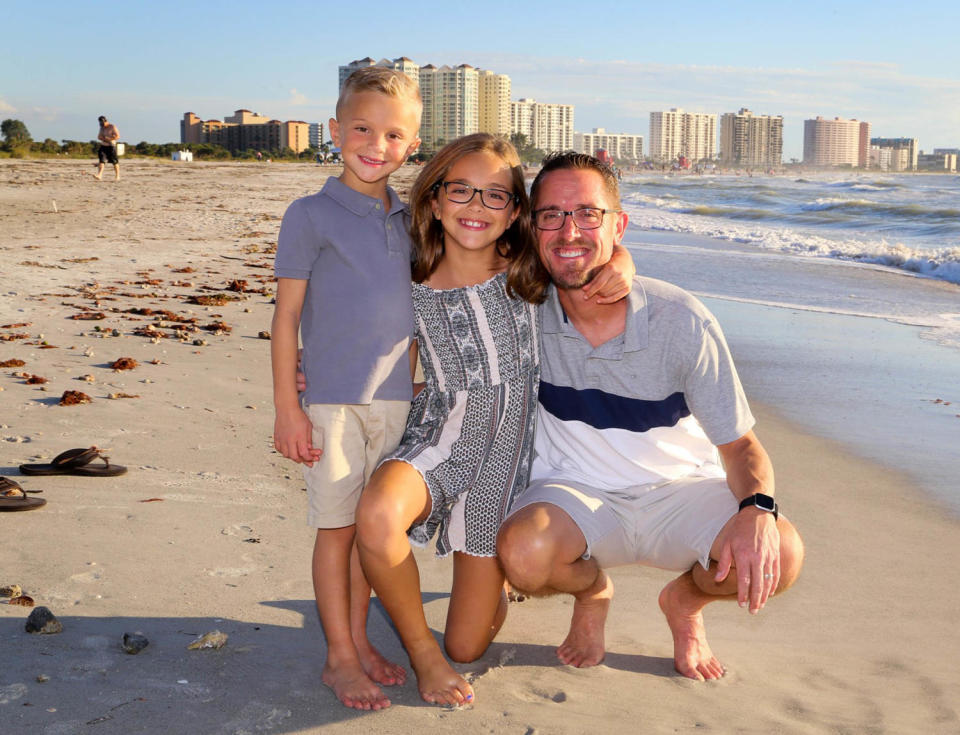
At an urgent care, the medical staff gave him a shot in his back, thinking the malady had something to do with his spinal discs. But then he started having trouble walking. Tests and scans showed nothing wrong.
Frepan didn’t know it then, but he’d be close to death within months. As the mystery illness progressed, the healthy husband and dad lost his ability to walk, talk and eat. Doctors were stumped.
But when the correct diagnosis and treatment finally came to light, he made a full recovery just as quickly.
Dr. Riley Snook, the neurologist who diagnosed Frepan and found the right medication, calls it the case of his life.
“It was the craziest thing I’ve ever seen,” Snook, who practices at Indiana University Health in Carmel, tells TODAY.com.
“I’ve never seen somebody get this close to death and then revive like Lazarus and be normal.”
The condition is extremely rare, but could technically affect anyone — it’s just a matter of back luck, Snook says.
Barely able to walk, talk or eat
When Frepan continued to deteriorate after that mystery numbness on his right side, he was admitted to the hospital in January 2020.
In the next weeks, he had trouble with his balance, lost vision in his right eye, was slurring his words, having spasms and couldn’t control his bodily functions. When he lost his ability to swallow, a feeding tube had to be put in his stomach. He weighed just 130 pounds, down from 175. He had hallucinations, including one where he thought he was living in the back of a Costco.
He saw neurologist after neurologist, but no one could figure out what was wrong. Doctors began mentioning a nursing home or hospice to Frepan’s wife, but she rejected any such suggestions and kept pushing for answers. Frepan calls her his “absolute champion.”
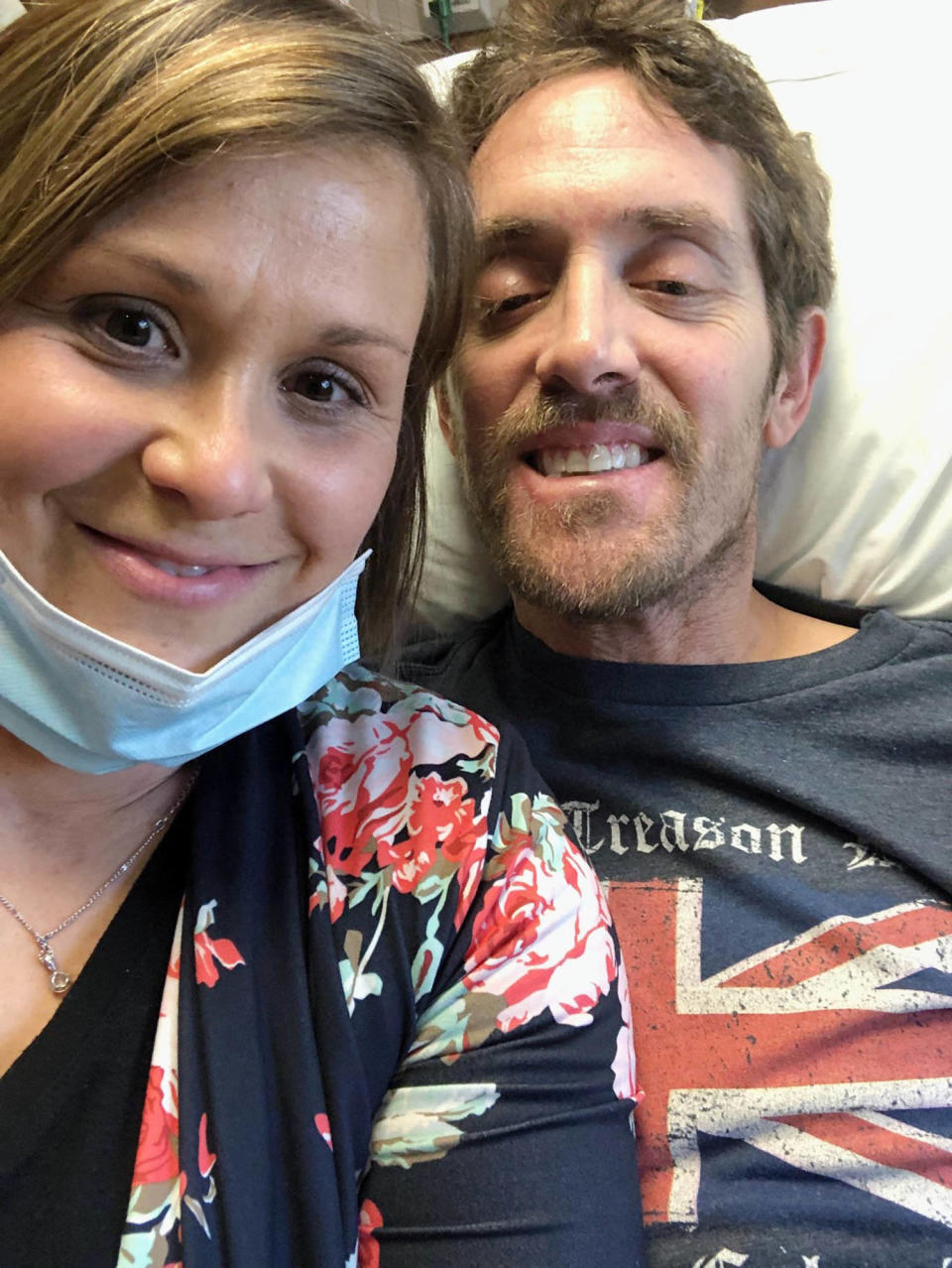
“I thought there was a chance that I would (die). What was scarier at that time was the idea that I wouldn’t, and I would have to live in that state — that was frightening for me, my family,” he recalls.
Snook heard other doctors discuss the case before he met Frepan in April 2020.
“Everybody thought he might have a psychological thing going on because they couldn’t find anything wrong with him,” Snook recalls.
“We did seven brain MRIs, five spine MRIs, and none of them ever showed anything. It was so baffling to us because we were like, there’s got to be something here. Why does he look so terrible?”
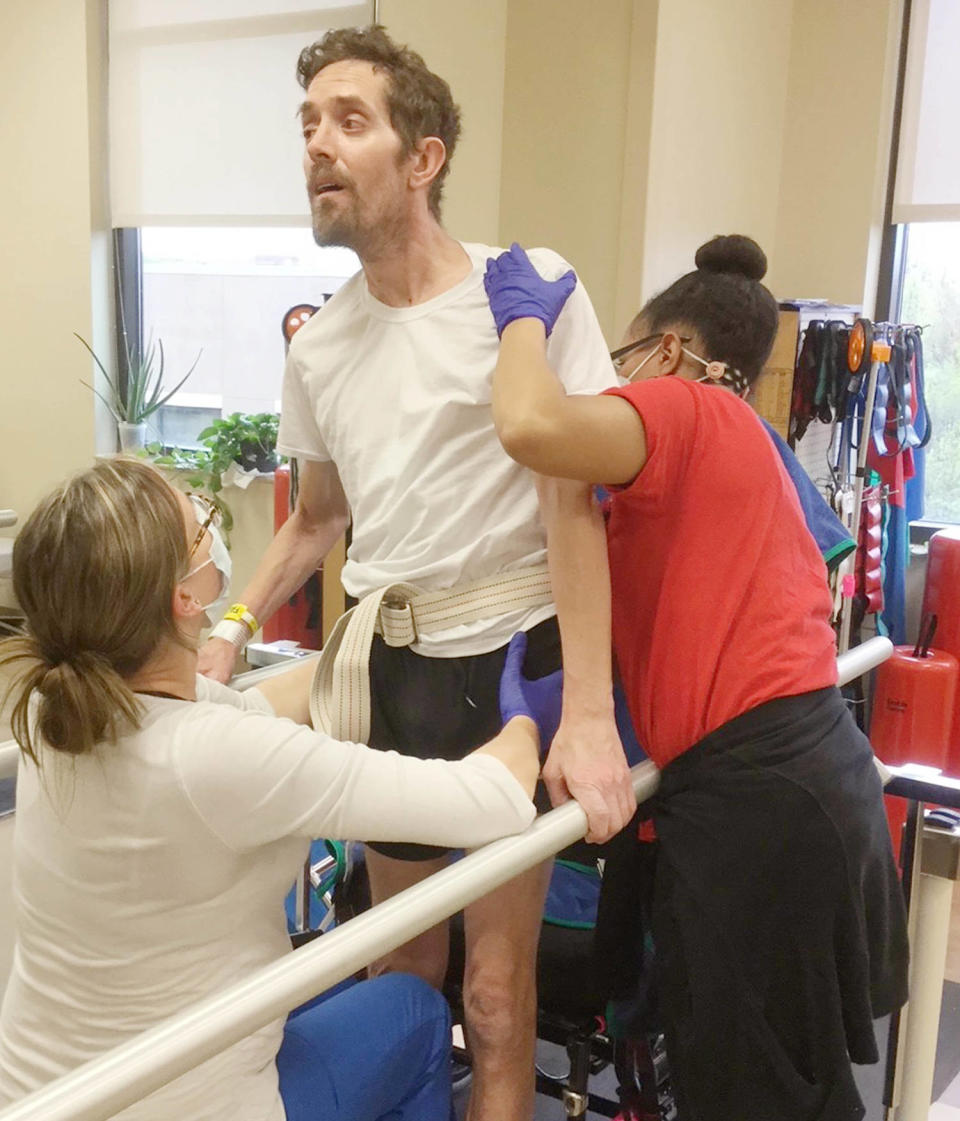
Startling diagnosis
A big clue came when Frepan tested positive for an antibody that attacks nerve tissue, known as GQ1b.
It’s unique in that it seems to like to target the brainstem, leading to inflammation in that part of the brain, Snook says. That causes weakness, speech and swallowing troubles, eye abnormalities and other symptoms Frepan was experiencing.
Based on what he saw happening to Frepan and read about in two case reports similar to his patient’s illness, Snook diagnosed him with Bickerstaff brainstem encephalitis, an extremely rare autoimmune disease. It’s a variation of Guillain-Barré syndrome, but much less frequently seen.
The most common reason people get it is from bacteria called Campylobacter jejuni, which can contaminate food and water, and cause gastrointestinal illness, Snook says.
These bacteria have a protein that looks like our nerves, so when the immune system makes an antibody against that protein, it can target our nerves as well, causing inflammation and weakness, he explains.
People respond differently to infections, so it’s just back luck if your body reacts in this self-destructive way, Snook says, noting it might happen to 1 in 10 million people.
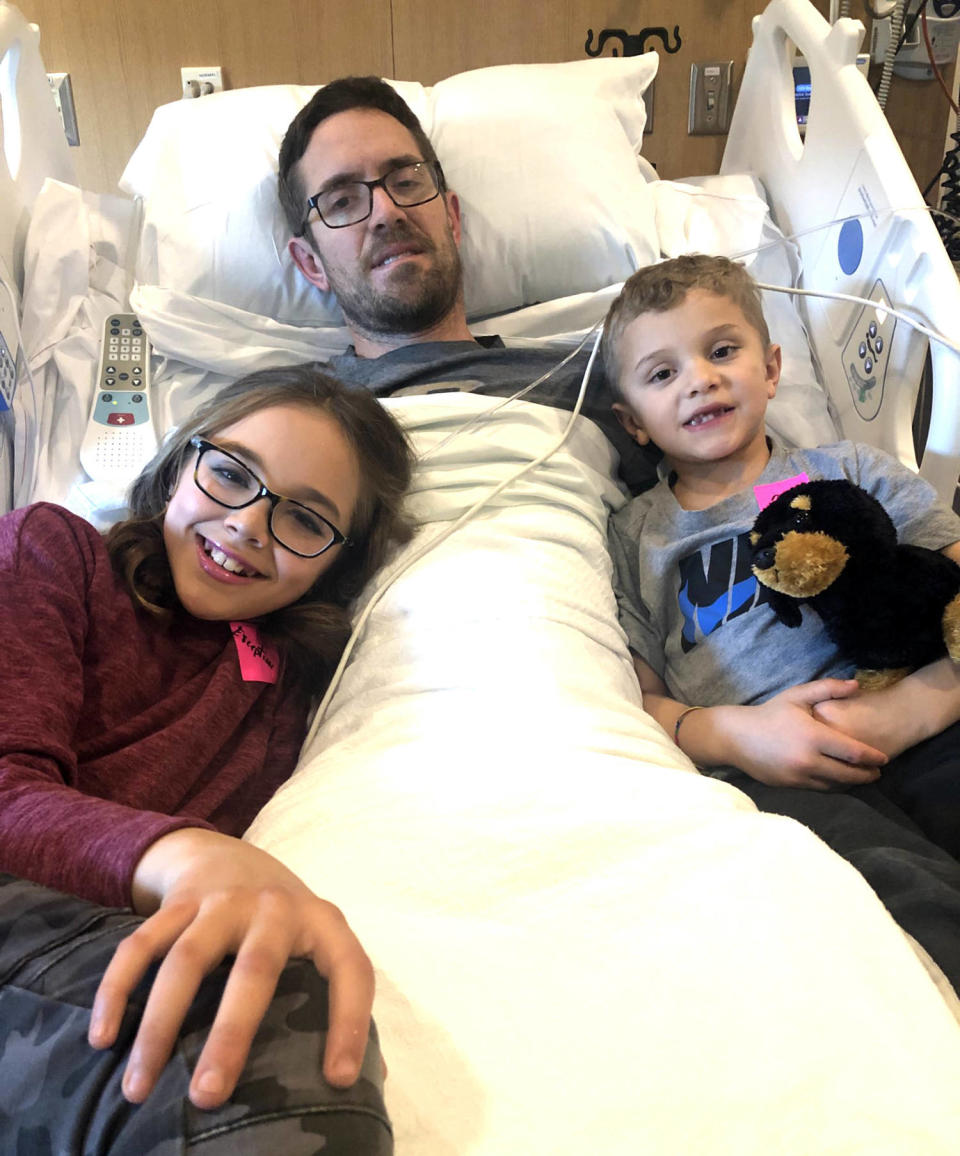
The antibody had spent six months “slowly chewing” on Frepan’s brainstem, causing little noticeable swelling that would be detected on scans — that’s why it took so long for him to be diagnosed, Snook says.
During his research, the neurologist discovered a drug called rituximab, a type of monoclonal antibody, might help.
“I told his wife, ‘This is our only hope. I don’t know what else to give him at this point,’” Snook recalls. “'I don’t know if he’s going to survive.’”
Back to jumping on desks
Within weeks of receiving the treatment, Frepan started to eat on his own and walk with the help of a walker. His vision improved and he was able to return home in May 2020. After daily physical, occupational and speech therapy, he took his first unassisted steps that summer.
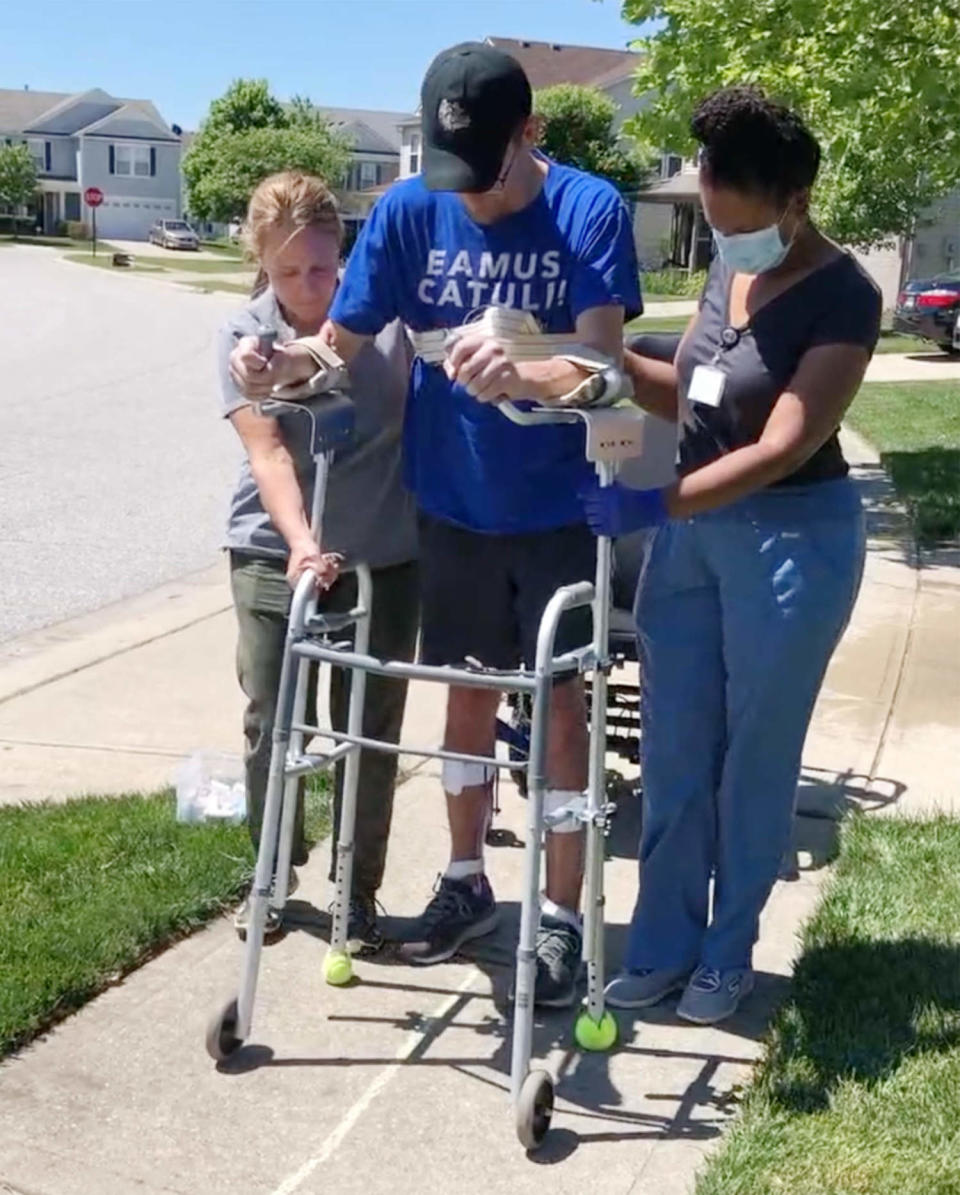
Frepan returned to his job as a middle school teacher at the end of July 2020 and started coaching wrestling again that December. By the end of the school year, he was back to jumping on desks.
“I’m still not that 100% to where I was. I can do about anything I want to do, it just doesn’t feel great all the time,” Frepan, now 47, says. “(But) I’m super grateful and I’m proud of my family and how they handled it.”
Frepan still takes medication for nerve pain, and continues rituximab infusions every six months and intravenous immunoglobulin therapy every four weeks.
Then, there’s the mental health toll of the ordeal. A therapist diagnosed him with post-traumatic stress disorder, and he spent a couple of years working through that.
Snook says he’s cautiously optimistic about Frepan’s prognosis and hopes he can eventually stop all the treatments and medications.
“He’s in better shape than I am,” the neurologist says.
This article was originally published on TODAY.com

